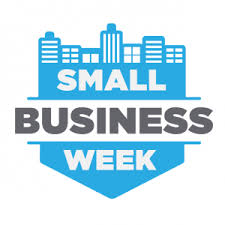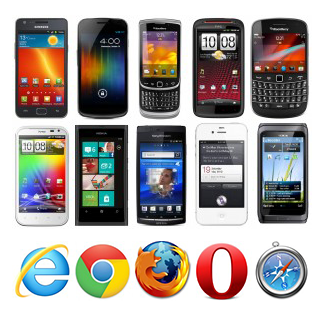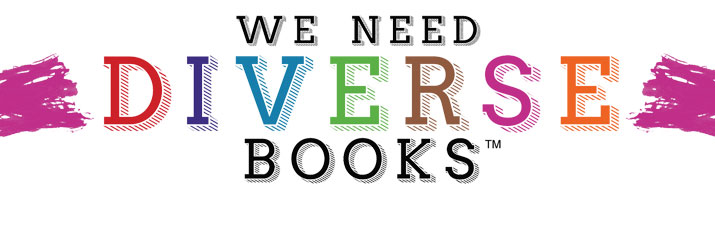10 Tips and Resources for Small Business Owners
 It’s National Small Business Week; a great time to recognize the contributions entrepreneurs make to the American economy. In addition to running my own business, I also spend my time helping other small business owners in my area by volunteering on my local economic development committee. I like sharing tips and resources that have helped me along the way that could be useful to others. Some of them I wish I had known about when I first started out years ago. So here we go:
It’s National Small Business Week; a great time to recognize the contributions entrepreneurs make to the American economy. In addition to running my own business, I also spend my time helping other small business owners in my area by volunteering on my local economic development committee. I like sharing tips and resources that have helped me along the way that could be useful to others. Some of them I wish I had known about when I first started out years ago. So here we go:
- Create and Update Your Business Plan: Yes, every business should have one. Taking the time to write up a business plan will guide you on financial and marketing matters and strategic planning. It will also force you to think about the direction you want to take your business. Have your trusted friends and family members look it over for you. You will need one if you plan to ask for loans from banks or investors. You should look over the plan at least once a year to make sure you are meeting expectations and update it with new strategies.
- Competition and Market Research: You always need to be checking in with what your competition is doing and how your customers are responding because that will affect your business. Before putting together a business plan, do a competitive analysis and a market research study to set up more realistic goals.
- Find Mentors: It’s essential to find one or two people who you can lean on for business advice and guidance. Mentors can be other business owners who also work in your industry, but this doesn’t always have to be the case. Are their small business owners in your own neighborhood who seem successful and you would like to learn from? I talk to the guy who owns the local dry cleaner about how to do better bookkeeping sometimes. Sometimes free business advice is literally around the corner!
- Networking: Sometimes, as entrepreneurs, we get so busy and entangled with our work that we feel like we are working in a vacuum. It’s a great idea to go to networking receptions and conferences or join online meetups to find other like-minded entrepreneurs to share ideas and find potential business partners and clients.
- Always Have Business Cards: This should be obvious. But it always surprises me when I go to networking receptions, where the whole idea of the event is to make new potential business connections, and many attendees don’t have a business card to share. You are always representing your business everywhere you go, and should always be ready to sell yourself no matter where you are by having business cards and a few fliers. You should also have a short elevator speech ready to go if you have the opportunity to advertise yourself. I got a new client once while standing in line at a hardware store! You never know where the next business opportunity will come from, so you might as well be ready when it happens.
- Cold Calling/Emailing: If you want to attract new customers, sometimes you have to go directly to them. Yes, it is terrifying to cold call or email someone you don’t know and make a case for why they should give you their business. Cold communications help you to build confidence in yourself and your business. On average, when I cold communicate, I usually get one or two new clients out 20 calls a week.
- Utilize Your Local Business Development Resources: There are a lot of resources available for small business owners. You should first check out your local SCORE office, the board of trade or Main Streets branch to find business advice and mentors. You can also get free or inexpensive technical assistance at these places, like setting up a marketing plan or obtaining legal advice. Speaking of which…
- Get Legal Assistance: I really want to stress the importance of seeking out a lawyer when setting up your business. Lawyers can help you with your business legal structure (sole proprietorship, LLC, S Corp, etc.), get permits, create contracts, and set up quarterly tax payments. Not many people like dealing with lawyers, but it is better to be safe than sorry later on when legal troubles do come up.
- Get Insurance: Yes, you need to ensure every aspect of your business. When life happens, don’t allow your business to suffer because you didn’t have insurance to protect against a disaster. All of my computers are insured because if anything goes wrong, it won’t dramatically harm my business.
- Be Patient and Compassionate: Sometimes, as small business owners, we get so overwhelmed with our work that we forget why we became small business owners in the first place. When you get to this place, take a step back for a moment. With everything in life, sometimes things don’t always go the way you would like them to, so it is essential to not only be patient and compassionate with others but also with yourself. Be resourceful and think of alternative solutions to a problem with tact and professionalism.


